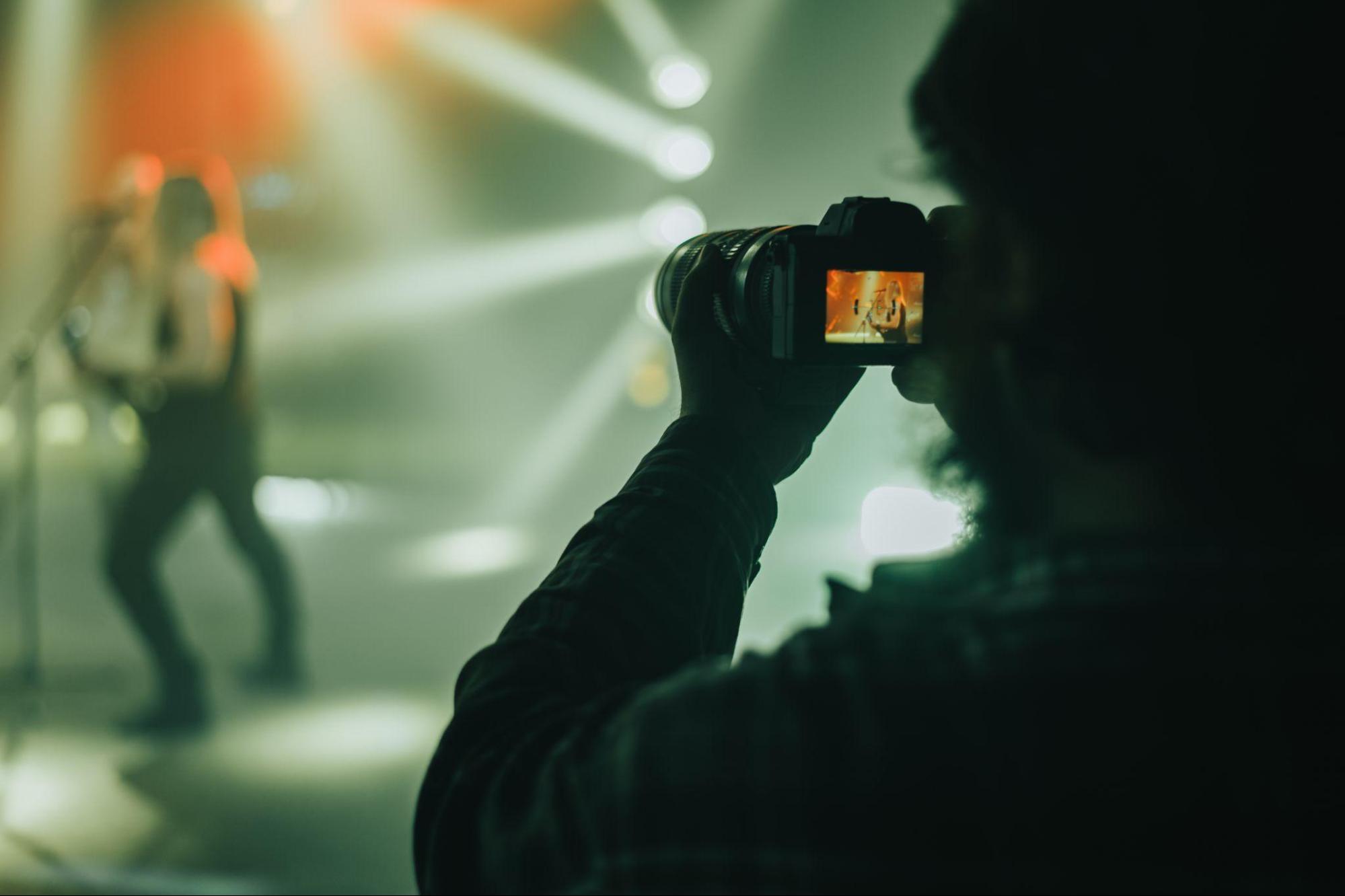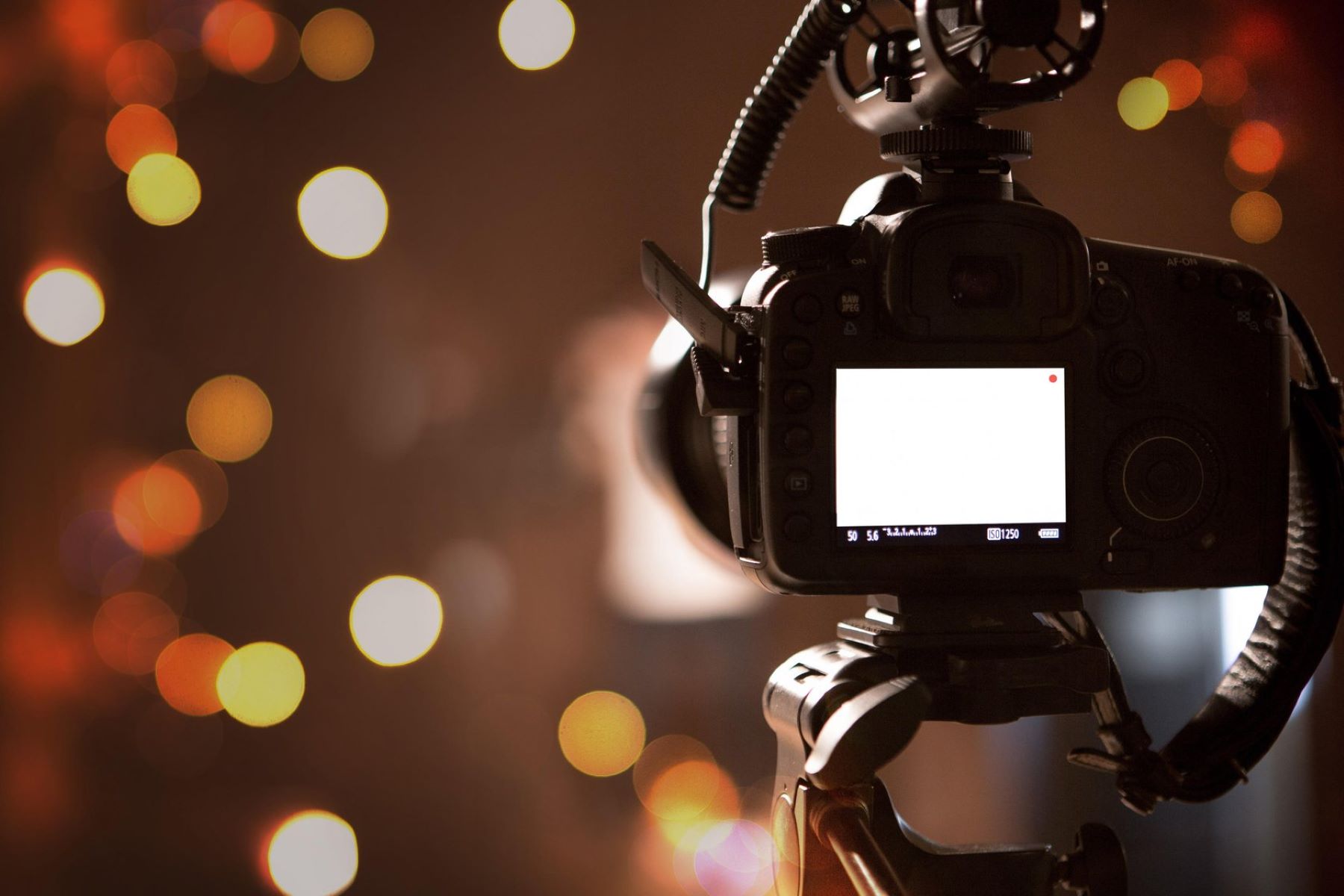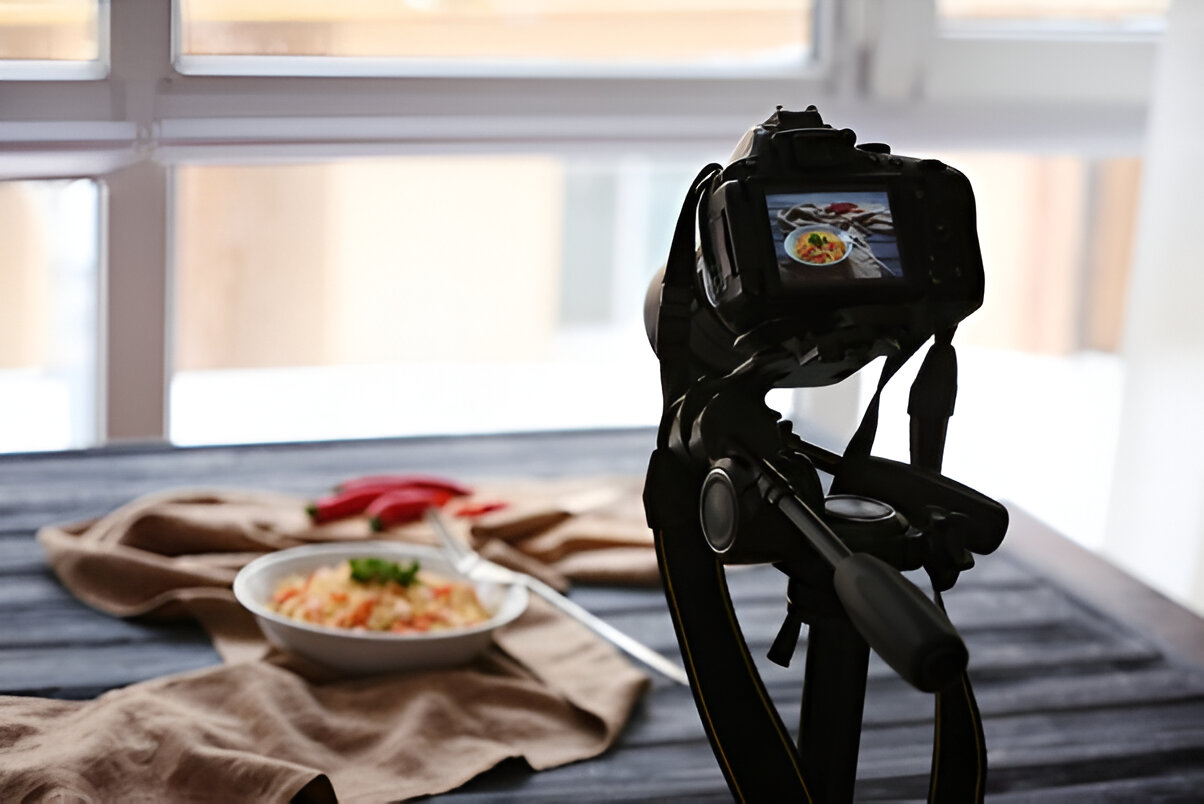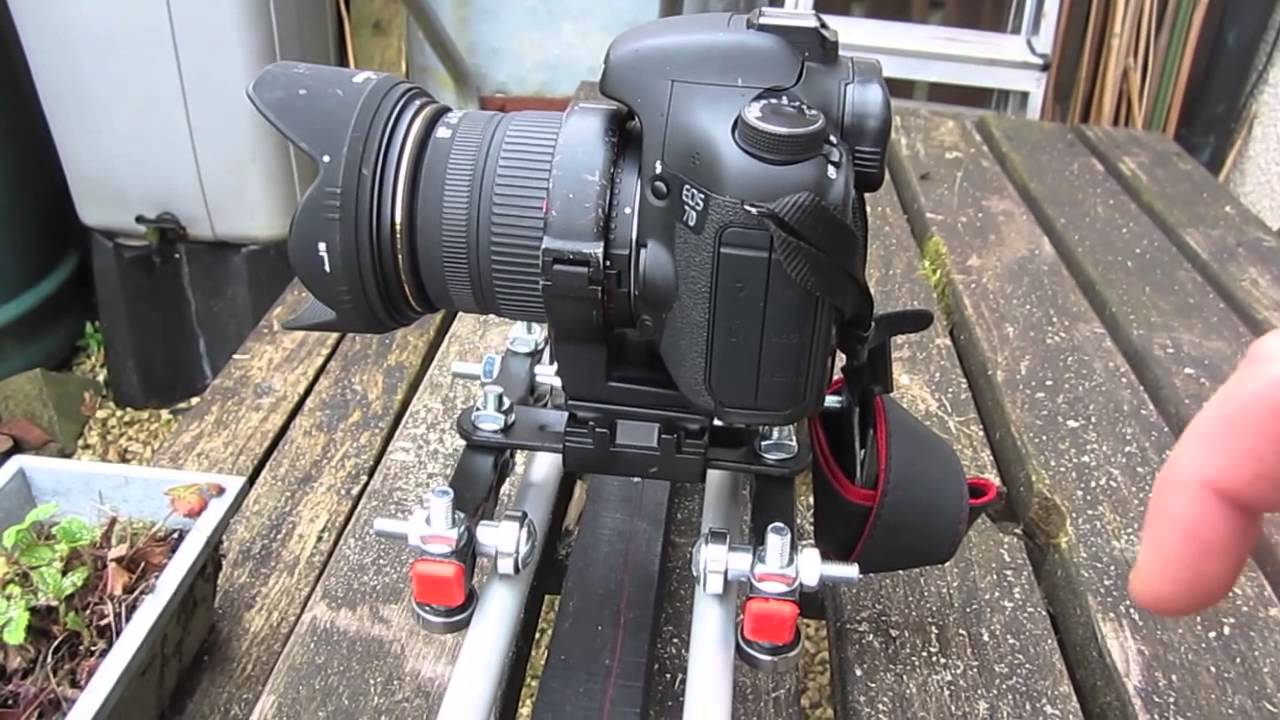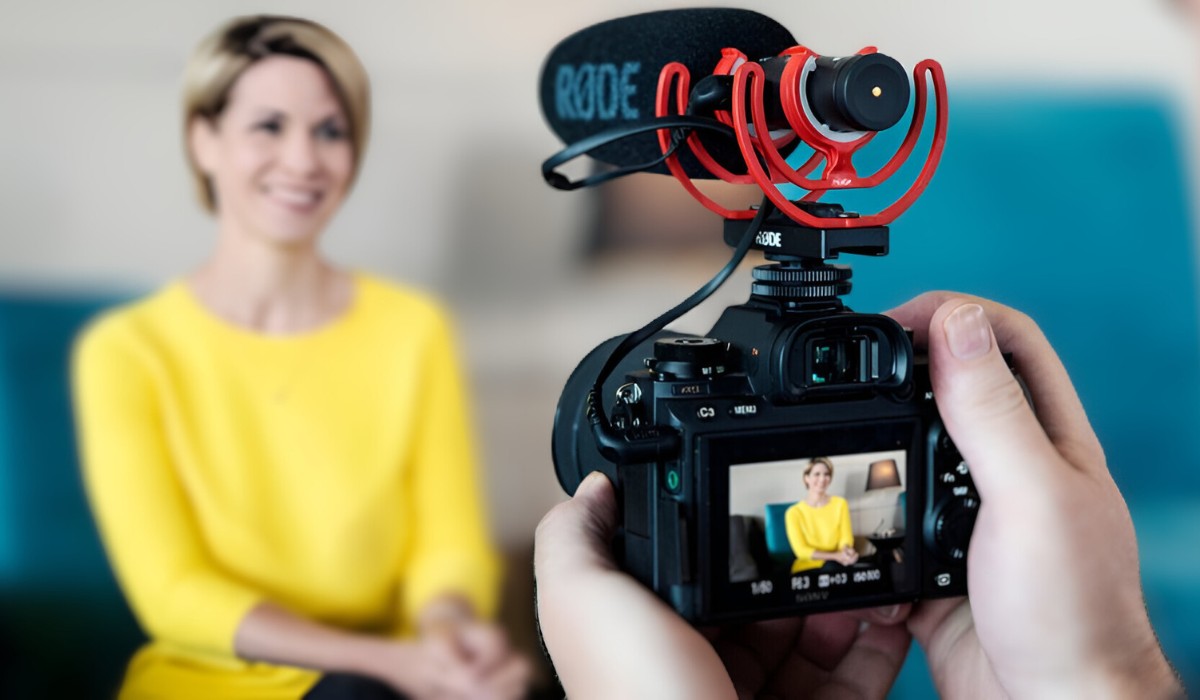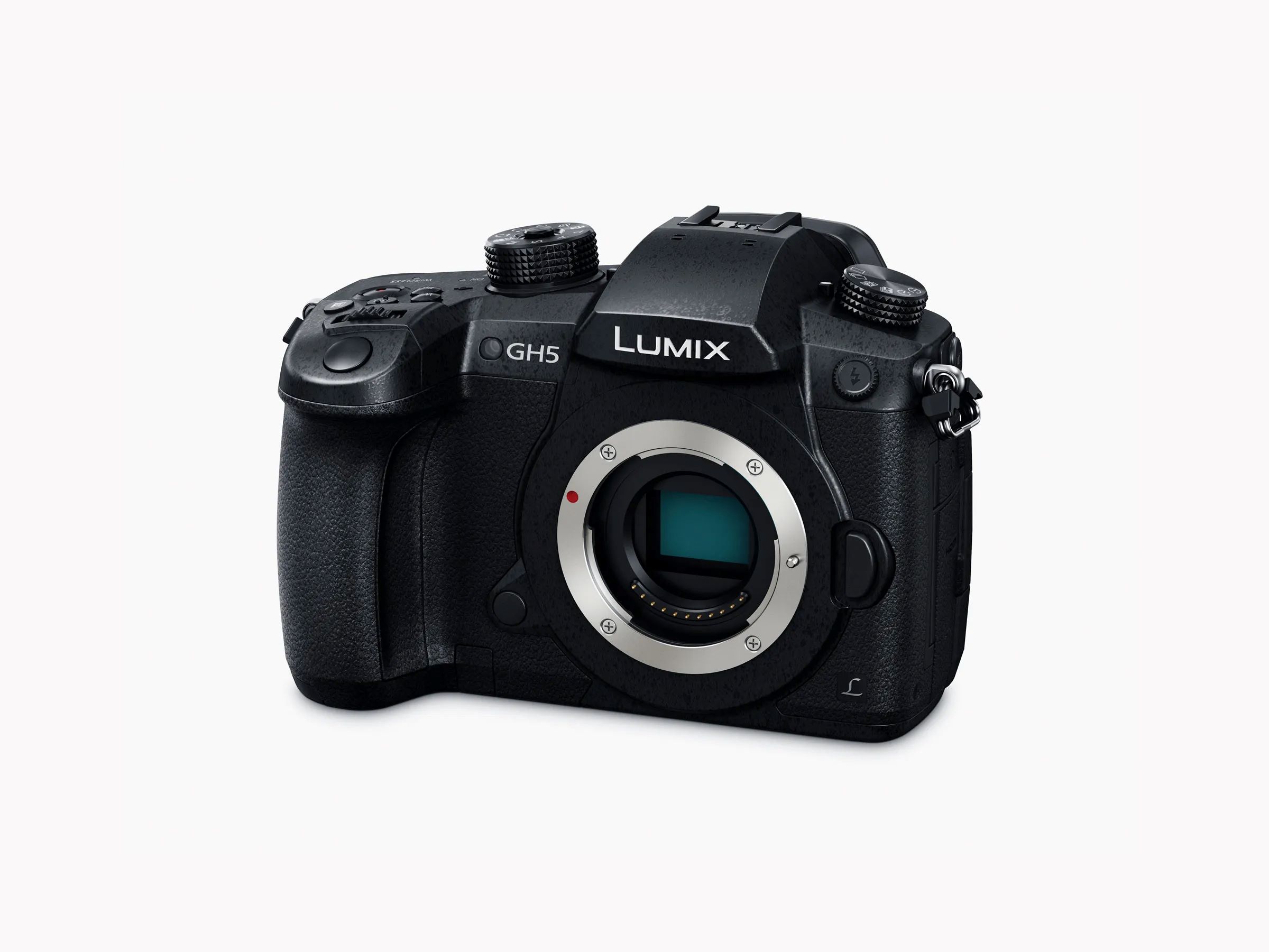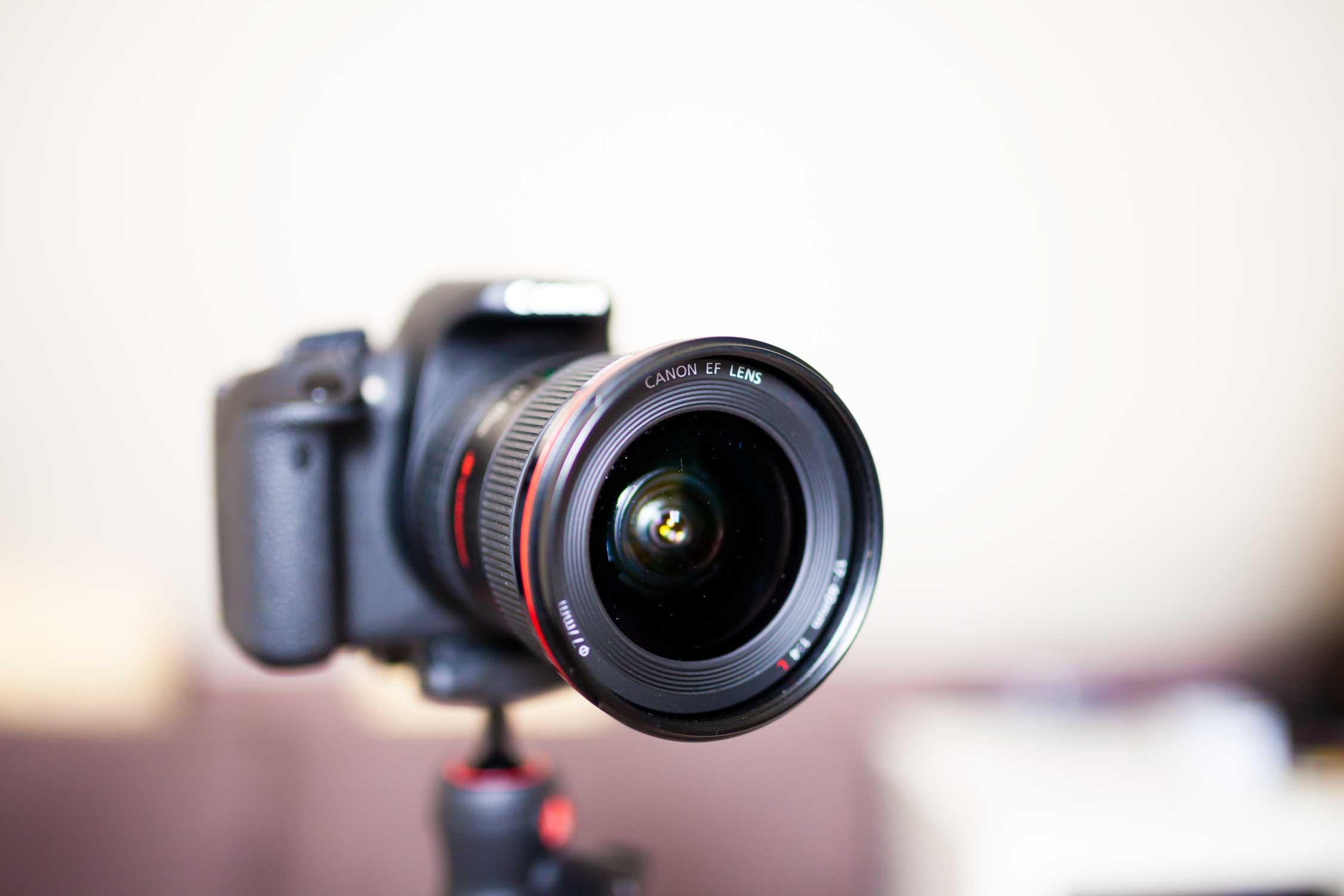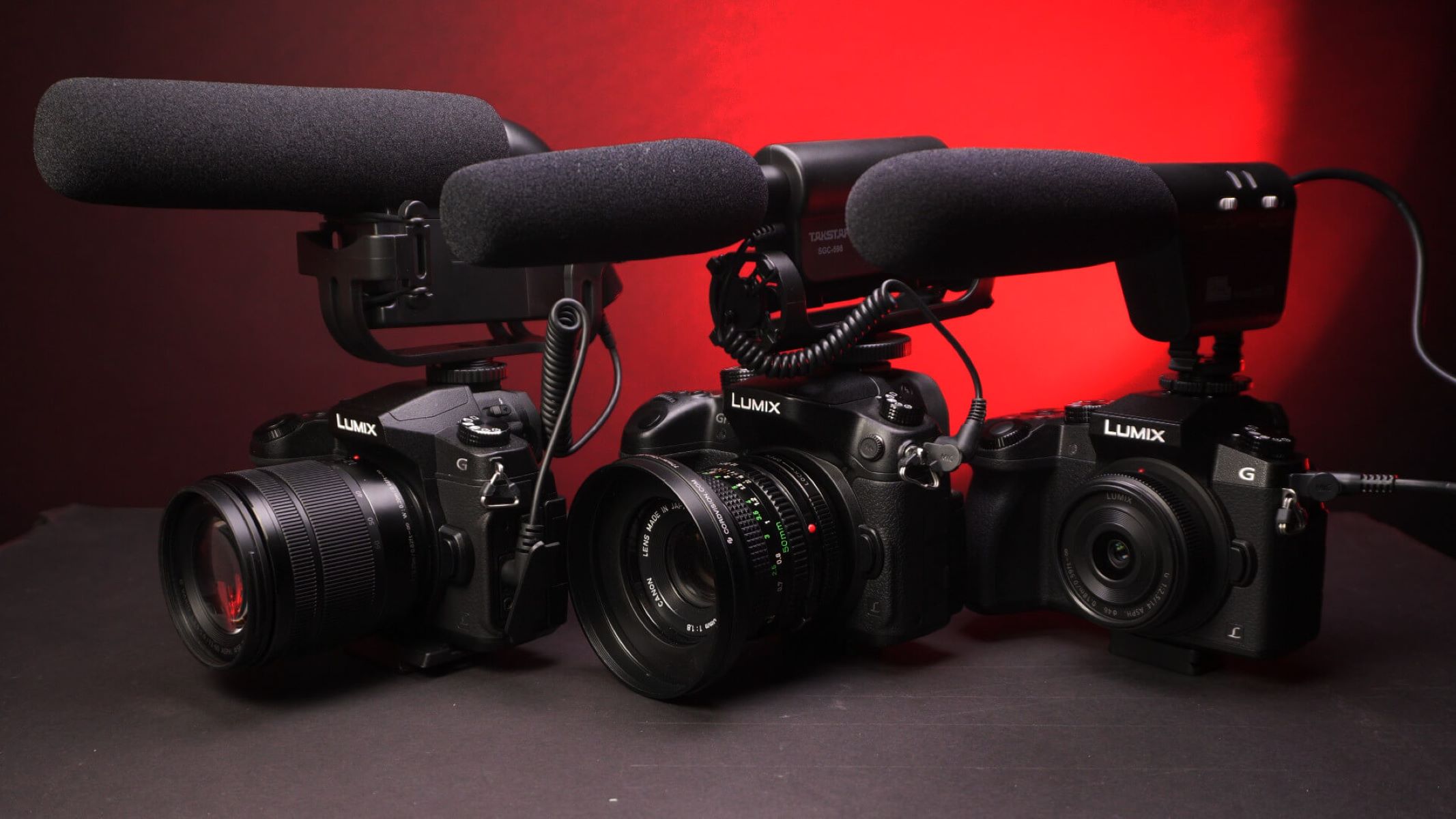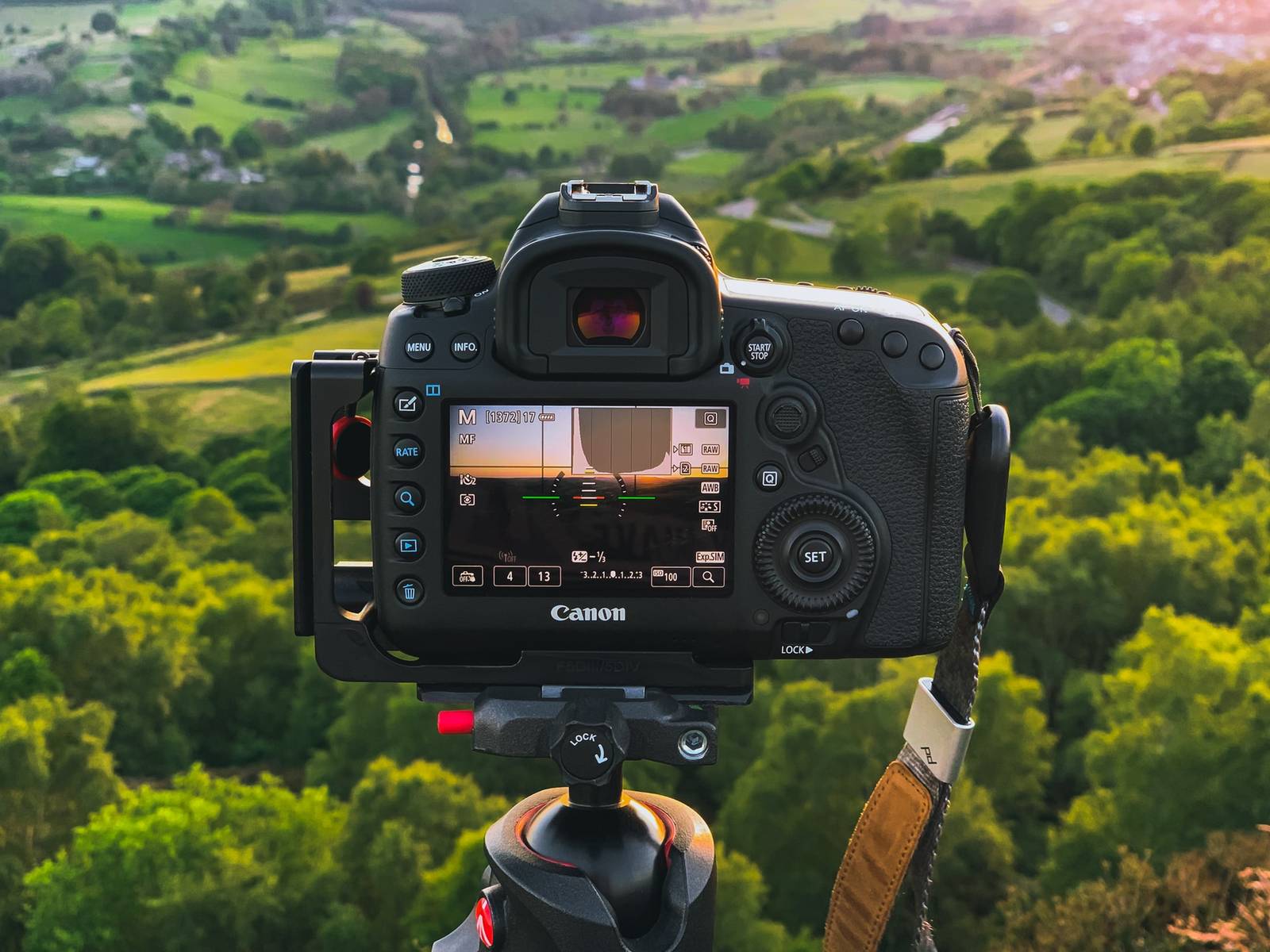Choosing the Right Camera
When preparing to capture the vibrant energy and excitement of a music festival, selecting the right camera is essential. The ideal camera for this occasion is a DSLR (digital single-lens reflex) camera, renowned for its versatility and superior image quality. Here are some key factors to consider when choosing the perfect DSLR for your festival photography:
- Portability: Opt for a lightweight and compact DSLR that won’t weigh you down as you navigate through the festival grounds. A smaller camera body and a versatile zoom lens will allow you to capture a wide range of shots without feeling encumbered.
- Low-Light Performance: Music festivals often feature dynamic lighting conditions, including dimly lit stages and dazzling light shows. Look for a DSLR with excellent low-light performance to ensure that you can capture clear, sharp images even in challenging lighting situations.
- Fast Autofocus: Festivals are bustling with activity, and you’ll want a camera that can swiftly and accurately focus on moving subjects. A DSLR with a responsive autofocus system will enable you to capture crisp shots of performers, crowd interactions, and spontaneous moments.
- Flexibility: Choose a DSLR with a variety of shooting modes and creative features to adapt to the diverse scenes and performances you’ll encounter at the festival. The ability to adjust settings on the fly and experiment with different shooting styles will enhance your creative freedom.
By carefully considering these factors, you can select a DSLR camera that aligns with your specific festival photography needs. A well-chosen camera will empower you to capture the essence of the festival with stunning imagery and immersive storytelling.
Understanding the Festival Rules and Regulations
Before bringing your DSLR camera to a music festival, it’s crucial to familiarize yourself with the event’s rules and regulations regarding photography equipment. Each festival may have distinct policies and guidelines in place to ensure the safety and enjoyment of all attendees. Here’s how you can navigate the festival’s rules and regulations to ensure a seamless photography experience:
- Review the Official Guidelines: Visit the festival’s official website or contact the organizers to obtain detailed information about their photography policies. Some festivals may prohibit professional cameras or restrict the use of certain accessories, so it’s essential to clarify these restrictions in advance.
- Check for Permit Requirements: Certain festivals may require photographers to obtain special permits or credentials to bring DSLR cameras into designated areas. Understanding the permit process and any associated fees will help you prepare accordingly and avoid potential complications at the event entrance.
- Respect No-Photography Zones: Some festival areas, such as backstage areas or artist lounges, may be designated as no-photography zones to protect the privacy of performers and staff. Familiarize yourself with these restricted areas and adhere to the festival’s guidelines to maintain a respectful and professional approach to photography.
- Comply with Camera Restrictions: Be mindful of any restrictions on camera accessories, such as tripods, monopods, or external flashes. Understanding these limitations will enable you to plan your photography gear effectively and avoid carrying prohibited items into the festival grounds.
By proactively engaging with the festival’s rules and regulations, you can ensure that your DSLR camera complies with the event’s guidelines and that you are well-prepared to capture captivating moments while respecting the festival’s policies.
Packing Your Camera Gear
Efficiently packing your camera gear for a music festival is essential for ensuring that you have the necessary equipment while maintaining mobility and convenience. Here are key considerations for organizing and safeguarding your DSLR camera gear as you prepare for the festival:
- Select a Reliable Camera Bag: Invest in a durable and weather-resistant camera bag that provides ample protection for your DSLR, lenses, and accessories. Look for a bag with padded compartments, adjustable dividers, and secure closures to safeguard your gear from potential impacts and the elements.
- Essential Camera Equipment: Prioritize the essential camera equipment, including your DSLR body, versatile zoom lens, and spare batteries. Assess the festival’s anticipated shooting conditions and select additional lenses or accessories, such as a compact tripod or a lens hood, to enhance your photographic capabilities without overburdening yourself.
- Weather Preparedness: Anticipate the possibility of adverse weather conditions at the festival and pack protective gear for your camera. Consider bringing a rain cover or a protective sleeve to shield your DSLR from rain, dust, or unexpected splashes, ensuring that you can continue capturing captivating moments regardless of the weather.
- Secure Memory Cards and Storage: Pack an ample supply of memory cards and ensure that they are safely stored in your camera bag. Additionally, consider carrying a portable hard drive or a laptop for backing up your valuable festival captures, providing peace of mind in case of memory card issues or the need for additional storage.
By thoughtfully organizing and packing your camera gear, you can optimize your photography experience at the music festival, allowing you to focus on creativity and immersion while safeguarding your equipment from potential hazards.
Protecting Your Camera from the Elements
Music festivals often present a range of environmental challenges that can impact the performance and longevity of your DSLR camera. To safeguard your equipment from the elements and ensure consistent, high-quality photography throughout the event, it’s essential to take proactive measures to protect your camera. Here’s how you can shield your DSLR from various environmental factors:
- Rain and Moisture: In anticipation of inclement weather, equip your camera bag with a reliable rain cover or waterproof sleeve to shield your DSLR from moisture. Additionally, consider using a lens hood to minimize the risk of raindrops or moisture affecting the front element of your lens, preserving image clarity and quality.
- Dust and Debris: Festivals held in open-air venues or dusty environments may expose your camera to airborne particles that can compromise its functionality. Keep your camera gear protected by utilizing a dust blower or brush to remove debris from the camera body and lenses, preventing potential damage and maintaining optimal performance.
- Extreme Temperatures: Fluctuations in temperature, especially prolonged exposure to direct sunlight, can impact your camera’s performance and battery life. Store your DSLR in a shaded area when not in use and avoid leaving it in excessively hot or cold environments to prevent potential overheating or battery drainage.
- Handling and Security: Amid the festival’s energetic atmosphere, it’s crucial to handle your camera with care and vigilance. Secure your camera bag to prevent accidental bumps or jostling, and remain mindful of your surroundings to avoid potential damage from crowded or dynamic environments.
By prioritizing the protection of your DSLR camera from environmental elements, you can mitigate potential risks and ensure that your equipment remains in optimal condition, empowering you to capture captivating moments with confidence and reliability throughout the festival.
Navigating the Crowd and Getting the Best Shots
Successfully capturing the vibrant atmosphere and electrifying performances at a music festival requires adept navigation through bustling crowds and strategic positioning to capture the best shots. Here are essential tips for maneuvering through the festival environment and capturing compelling photographs with your DSLR camera:
- Strategic Planning: Familiarize yourself with the festival layout and performance schedules to identify optimal vantage points for capturing dynamic shots. Consider the stage locations, crowd dynamics, and potential visual backdrops to plan your photography approach and maximize your creative opportunities.
- Mobility and Flexibility: Maintain agility and flexibility as you move through the festival grounds, allowing you to adapt to spontaneous moments and changing lighting conditions. A lightweight camera setup and minimalistic gear will facilitate swift movement, enabling you to seamlessly transition between different performance areas and capture diverse perspectives.
- Engage with the Environment: Immerse yourself in the festival experience and engage with the vibrant energy and interactions around you. Capture candid moments, expressive crowd reactions, and the genuine essence of the festival by blending into the crowd and observing the unfolding events with a keen eye for detail.
- Respectful Photography: Maintain a respectful and considerate approach to photography, ensuring that your presence and actions do not disrupt the festival experience for others. Be mindful of obstructing views or interfering with fellow attendees while capturing your shots, fostering a harmonious coexistence between photography and the festival atmosphere.
By navigating the festival environment with purpose and adaptability, you can position yourself to capture captivating images that encapsulate the spirit and energy of the event. Embrace the dynamic nature of the festival, seek out unique perspectives, and unleash your creativity to immortalize the unforgettable moments unfolding before your lens.







